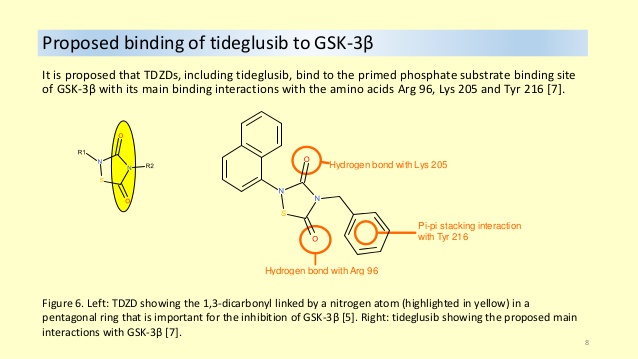On May 10th 2019 at the American Academy for Neurology a talk on consensus based care for Myotonic Dystrophy Type 1 will b given at 10am. Dr, Johnson has considerable experience with this disease.
 Nicholas E. Johnson, MD, FAAN, is an assistant professor of neurology, pediatrics, and pathology at the University of Utah with a focus in inherited neuromuscular disorders. He received his undergraduate degree in molecular and cellular biology and psychology at the University of Arizona. He then obtained his medical degree at the University of Arizona. He completed his neurology residency and combined fellowship in neuromuscular medicine and experimental therapeutics at the University of Rochester.
Nicholas E. Johnson, MD, FAAN, is an assistant professor of neurology, pediatrics, and pathology at the University of Utah with a focus in inherited neuromuscular disorders. He received his undergraduate degree in molecular and cellular biology and psychology at the University of Arizona. He then obtained his medical degree at the University of Arizona. He completed his neurology residency and combined fellowship in neuromuscular medicine and experimental therapeutics at the University of Rochester.
His laboratory is focused on identifying the pathogenesis of myotonic dystrophy and facioscapulohumeral muscular dystrophy and identifying appropriate clinical endpoints for these conditions. Johnson conducts therapeutic trials in many other inherited nerve and muscle disorders. He also serves as deputy editor of Neurology® Genetics.
Johnson serves as chair of the Government Relations Committee for the American Academy of Neurology. He is also a member of the American Academy of Neurology’s delegation to the American Medical Association. In these roles, Johnson advocates for improving the practice of neurology for neurologists and their patients.
Here is a link to the information on the talk http://tools.aan.com/annualmeeting/search/index.cfm?fuseaction=home.detail&id=7616&keyword=&81,81,81,81,81,81,81,81,81,81,81,81,81&type=all.

